Taylor Moore is the owner of E.T. Moore Manufacturing, Inc. From the company’s accidental beginnings to its embrace of modern technology, his journey highlights the evolution of reclaimed and antique lumber, historical restorations, and the digital shift that has transformed the business.
Before the digital era, E.T. Moore Manufacturing, Inc. relied on traditional methods such as word of mouth, the Yellow Pages, and trade shows to connect with customers. With the rise of the internet, however, the company’s sales approach has evolved significantly.
Today, online channels play a central role in their overall strategy, enabling them to reach a wider audience and engage customers in new and meaningful ways.

His family’s business has been in the reclaimed and antique lumber industry for over 50 years. What began as a small operation in Richmond, Virginia, has grown into a recognized leader in the field. By combining a legacy of craftsmanship with innovative sourcing methods, the business has stayed ahead of the curve. Taylor’s story highlights how tradition and forward-thinking can work hand-in-hand to transform a company.
Embracing the Shift: How Technology Transformed Our Business
The shift from traditional methods to a more technology-driven approach didn’t happen overnight. Taylor explains that a big turning point came with the introduction of affordable, specialized machinery. Tools like the Wood-Mizer made it much easier—and cheaper—to cut and process wood, which opened the door for smaller players to enter the lumber business without the massive upfront costs of traditional sawmills.
But the real game-changer? The internet. Back in the day, the company relied on word of mouth, the Yellow Pages, and trade shows to find customers. The internet completely changed that. Suddenly, even small, local businesses could reach a global audience, leveling the playing field in a way that was hard to imagine before.
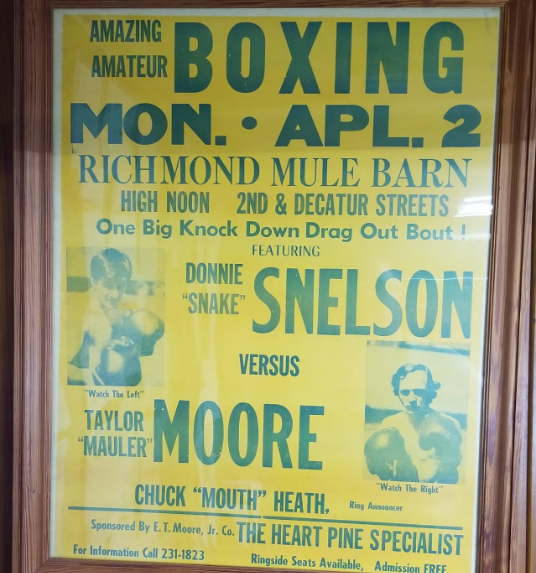
Taylor admits they didn’t fully realize how important an online presence was at first. Their first website, launched in the late ’90s, was pretty basic. But everything started to shift around the time of the 2007–2008 financial crisis. They had to adapt, and fast.
Determined to adapt, Taylor throws himself into cracking the code of digital marketing. He put in the time, digging into SEO, Google Ads, and learning how to make the company’s website run smoother and attract more visitors. He picked up books from industry heavyweights like Perry Marshall and tuned into Dennis’s office hours regularly to keep up with new strategies and tools. It wasn’t easy, but it started working. Little by little, Taylor’s hard work paid off, and now around half the company’s sales come straight from the internet.
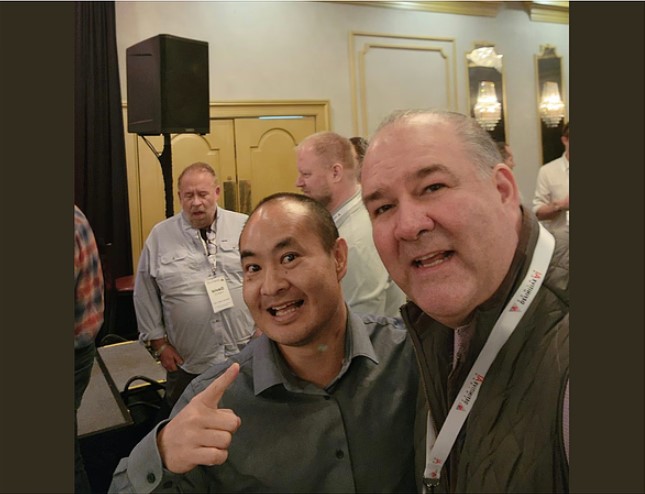
Taylor is in Charge of His Online Presence:
Taylor invests between $4,000 and $8,000 monthly on Google Ads, aiming for a 10x return. Many of his competitors had hefty ad budgets, spending $200,000 to $300,000 annually, while his company operated on about $20,000. This meant facing budgets ten times larger. To offset this, Taylor often used Google search strategies to gain an advantage.

His general strategy focuses on search optimization with Google to secure top positions, which has proven effective. Additionally, he utilizes Facebook and Meta for retargeting campaigns to re-engage potential customers.
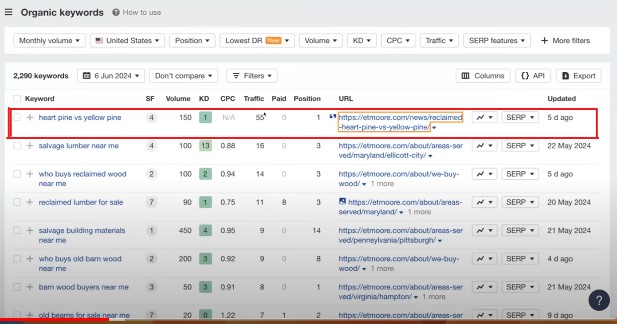
Previously, Taylor excelled at split-testing ads, but the emergence of new ad formats complicates this process. He struggles with deciding which headlines and copy to optimize, given the multiple options available.
His website performs well, enhanced by a $300 monthly SEMrush plan for keyword analysis. Although he lacks a dedicated SEO expert, he and his team conduct keyword research that often leads to quick content rankings. Recently, Taylor has considered hiring virtual assistants to manage stalled tasks, as his company focuses on restoration and recreation projects.
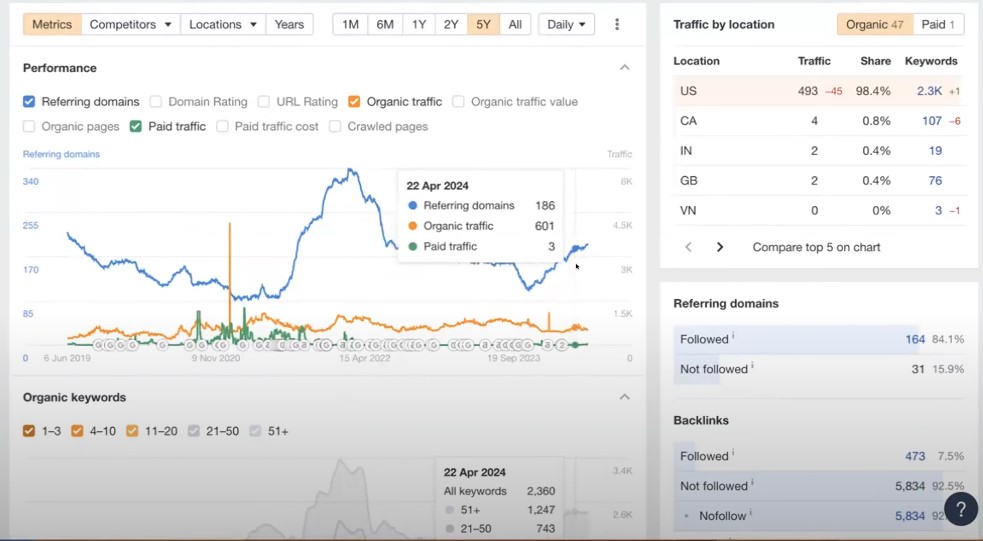
According to Taylor, SEO becomes more expensive every day. His conversions, which used to be in the $30 to $50 range, now reach $300, $400, $500, or even $800.
SEO costs continue to rise, with his conversion costs now reaching $300 to $800, compared to $30 to $50 in the past. During the Office Hours session, we reviewed his last 30 days of Google Ads Taylor spent $7,800 for 46 conversions and 125,000 impressions, grappling with a high cost per conversion of $452.

He faces challenges with poor ad impressions, as exact and phrase matches have become less reliable. To counteract this, he uses 182 negative keywords per campaign, including his own name, to avoid unnecessary expenses. Despite a low overall conversion rate of 0.28, specific keywords like “Barnwood” generate calls at around $100 each.
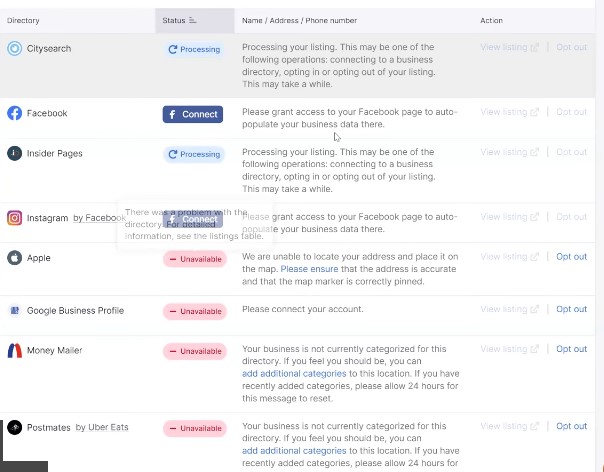
Taylor locks down his Google My Business (GMB) and Facebook accounts to prevent unauthorized changes. He used to struggle with inconsistencies in his contact information but now uses CallRail for tracking. He assigns a different phone number to SEMrush for lower-level sites, while his GMB has its unique number. In total, he manages about 20 numbers—seven or eight for various platforms and several for his website. This variety can complicate scoring due to inconsistencies.
Taylor should register all calls as conversions, which helps Google optimize ad performance. Accurate conversion data is crucial for improving ad effectiveness and maximizing return on investment.
Finding Balance: Scaling Up and Staying in Control
As the business grew, Taylor ran into a tough problem: too much demand and not enough capacity. His marketing worked so well it overwhelmed the company with leads, forcing him to figure out how to handle the growth. That’s when he realized the importance of tracking every part of the business—knowing exactly what it costs to get a customer and what kind of return to expect.
For others in the industry, Taylor’s advice is simple: learn tracking and analytics as early as you can. Knowing the numbers is the key to making smart decisions and growing a business that can keep up with demand.
Taylor has stuck to the company’s core values—quality work and ethical practices—while also embracing new tools and strategies. By doing so, he’s successfully handled the ups and downs of an ever-changing industry. His experience shows what’s possible when you keep a firm grip on the basics and adapt to new challenges.
